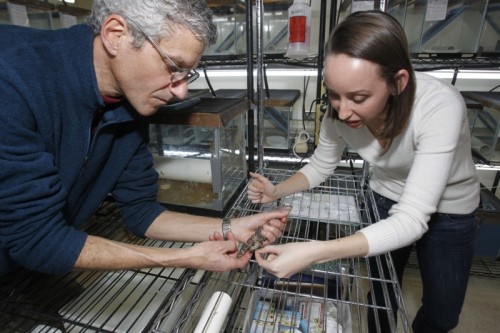Free i News
Post on: 16 Март, 2015 No Comment

February 13, 2015 12:44 am 0 comments Views: 4
With 25 billion things already connected, the fast-emerging Internet of Things ecosystem is a new hub for mobile innovation and economic growth. While were still in the early stages, the Internet of Things is getting a lot of attention in the tech community, from the media and, this week, on Capitol Hill with the Senate Commerce Committee holding a hearing on the topic.
What exactly are all of these gadgets connecting to the web? Everything from the locks on our doors to the medical devices in our bodies, the sensors on our smart grids to the watches on our wrists. In fact, Cisco predicts that the number of wearable devices alone will grow five-fold over the next five years in the U.S. exceeding 170 million by 2019. Over that same 2019 timeframe, these connected accessories will power a 19-fold increase in associated wireless traffic.
A ubiquitous world in which everyone and, yes, every thing is connected is no longer a science-fiction fantasy. Many of these advances are on final approach in our day-to-day lives. As consumers and as Americans, this is stupendously positive news. But it requires our leaders in Washington and our state houses also to rise to the occasion. The lifeblood of world-class wireless connectivity is continual, massive capital investment and ample spectrum. This requires policymakers to exercise restraint, so mobile innovators, entrepreneurs and consumers can take the lead in shaping and defining where wireless progress takes us next.
To keep the connected opportunities coming, one other critical area that needs policymakers attention is to address the nations long-term spectrum needs to accommodate all of the additional network traffic. Even on the heels of the successful auction of government-held spectrum that closed last month, we cant lose sight of the need to keep the spectrum pipeline open to make additional airwaves available to power the next wave of mobile progress and growth.
Ciscos freshly released 2015 Visual Networking Index offers compelling evidence of the urgency of these efforts. Among its highlights:
• 83 percent of Americans are now connected to one, if not several, mobile devices.
• More than half of U.S. connections about 227 million are via smartphones.
• U.S. mobile data traffic is now growing three times faster than fixed IP traffic.
• Our mobile traffic will expand another seven-fold by 2019, and
• By that year, 90 percent of our wireless data will speed along over 4G networks.
Additionally, the impact of mobile on the overall economy continues to grow. A recent report from Qualcomm and the Boston Consulting Group finds that wireless accounts for 3.2 percent of the entire U.S. GDP, exceeding other industries like transportation, entertainment and hospitality.
With the Internet of Things rapidly becoming a reality, this may not be a race to space, but it certainly is a mission-critical race for adequate space along the wireless spectrum to accommodate consumer demand and spur economic growth. Congress is right to be curious and to celebrate these innovations. At this early, nascent stage, lets hope they also have the wisdom and judgment to give this promising space ample room to evolve and flourish to the benefit of us all.
Mobile Future Chair Jonathan Spalter, a technology executive and former senior federal government national security official, leads an association of technology companies/stakeholders dedicated to increasing investment and innovation in the burgeoning U.S. wireless sector.














